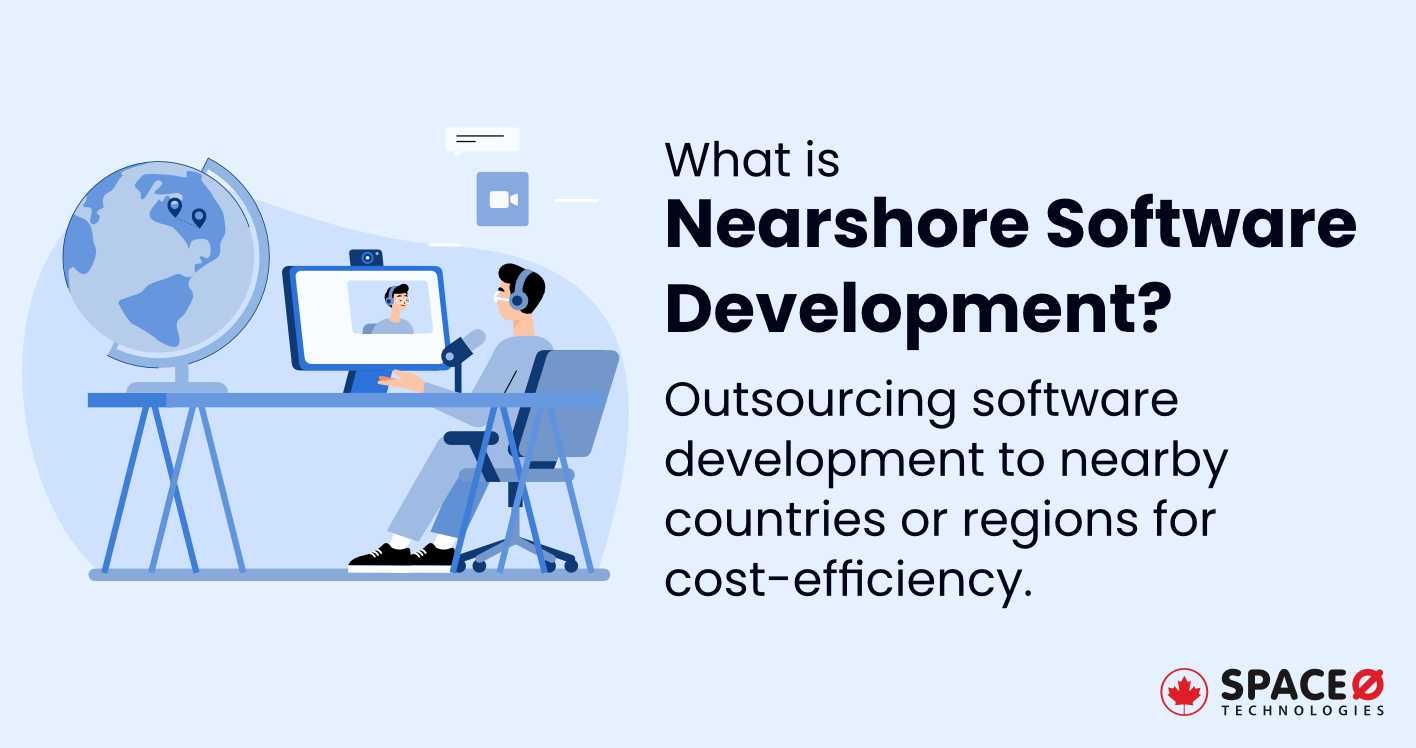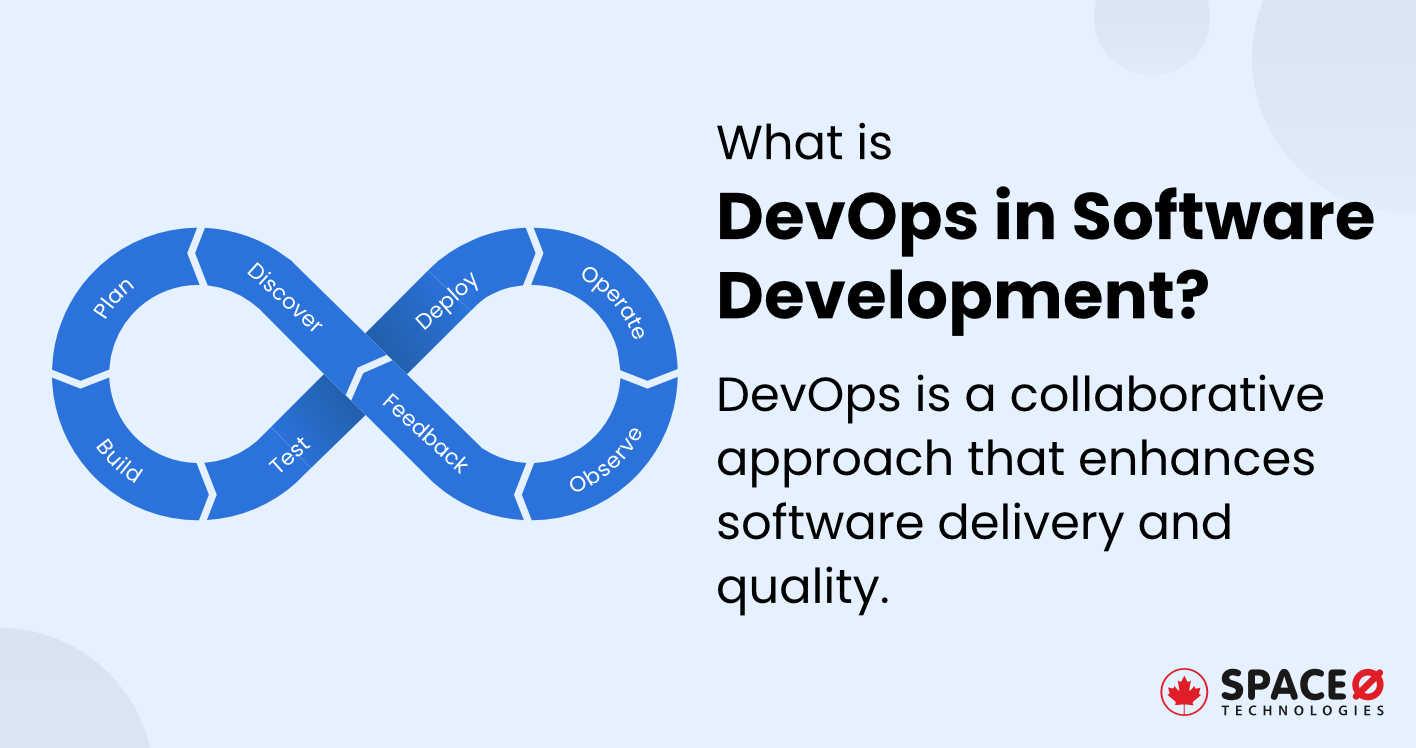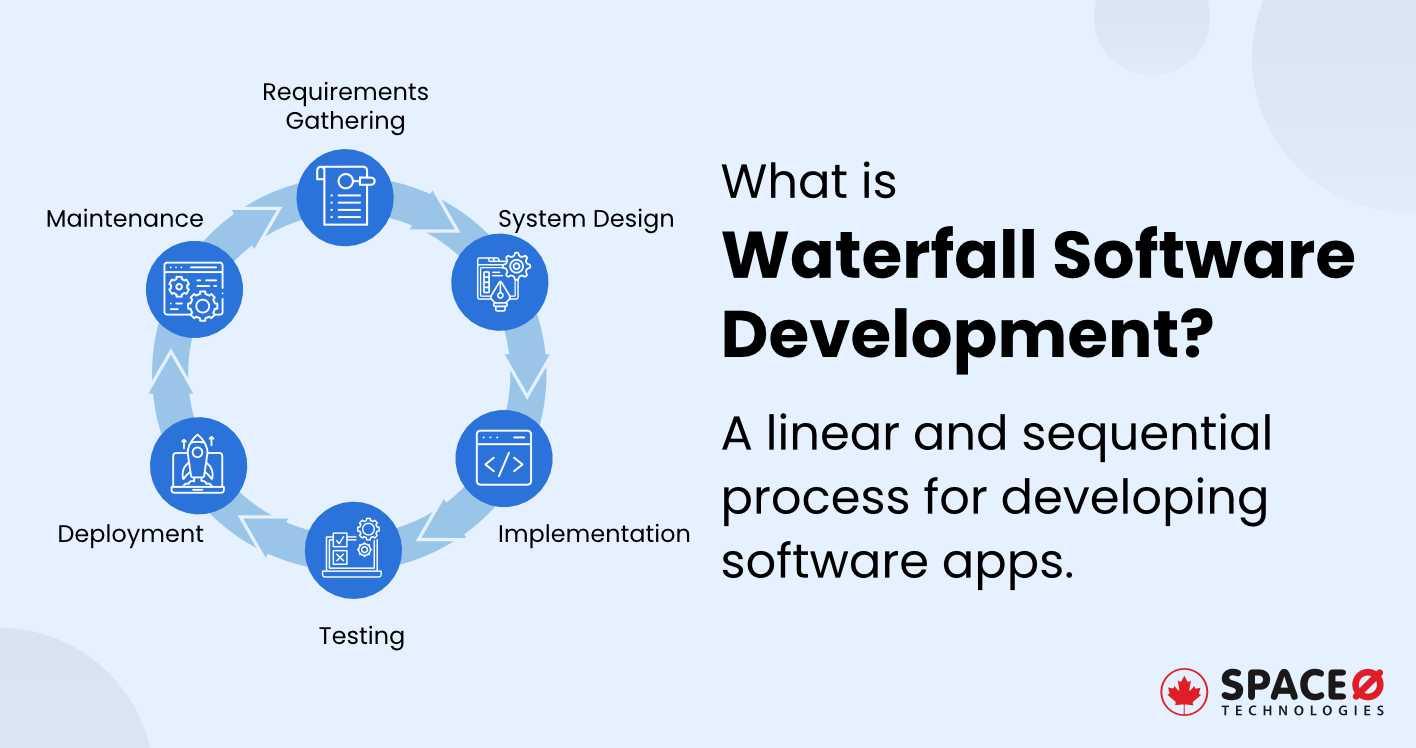
What is Nearshore Software Development? [Definition + Benefits]
Table of Contents
What is Nearshore Software Development?
Nearshore software development refers to the practice of partnering with software development teams based in nearby countries to create and manage software applications. The core reason businesses choose nearshore software development over onshore is cost savings while still having access to skilled talent within compatible time zones.
Let’s understand the nearshore outsourcing model with an example.
For example, imagine a business owner based in the United States seeking to develop a new mobile application to streamline his business. Instead of hiring an in-house team, he decided to collaborate with a nearshore software development agency located in Canada. This partnership allows for effective communication, real-time collaboration, and cost savings while maintaining high-quality software development.
Let’s understand the benefits, challenges, and differences of the nearshore software development team from other models.
What are the Benefits of Nearshore Software Development?
Nearshore software development offers a wide range of benefits for organizations looking to streamline their software development processes. Here are the six key benefits.
Cost Efficiency
Nearshore software development services often provide cost advantages compared to in-house development or onshore outsourcing. While still maintaining high-quality work, nearshore teams in countries with lower living costs can offer competitive pricing, resulting in significant cost savings for the client organization.
Proximity and Time Zone Alignment
One of the primary advantages of nearshore development is geographic proximity. Software developers teams located in nearby countries can easily align their working hours with the client, minimizing communication delays and enabling real-time collaboration. This leads to quicker project turnaround times and reduced time-to-market.
Cultural Compatibility
A nearshore software development company often shares similar cultural backgrounds and work ethics with their client organizations. Nearshore offers a cultural compatibility that can improve teamwork, communication, and the overall project experience, reducing misunderstandings and improving project outcomes.
Access to a Skilled Talent Pool
Nearshore destinations, particularly those in regions known for their expertise in software development, offer access to a rich pool of skilled professionals. Clients can tap into this talent pool without the challenges of recruiting and retaining in-house developers.
Scalability and Flexibility
Nearshore software outsourcing provides the flexibility to scale up or down based on project requirements. This scalability allows organizations to adapt quickly to changing business needs, ensuring efficient resource allocation.
Reduced Risk
By collaborating with nearshore software development companies, businesses can spread risk and rely on experienced dedicated teams with established processes and methodologies. This risk-sharing can lead to better project outcomes and a more predictable development journey.
What are the Differences Between Nearshore, Offshore, and Onshore Development?
To better understand, let’s compare the nearshore software development model with other software development models, namely onshore and offshore outsourcing. Here’s a table that describes the summary.
| Aspect | Nearshore Development | Offshore Development | Onshore Development |
|---|---|---|---|
| Geographical Location | Nearby or neighboring countries, often sharing borders or time zones with the client organization. | Distant countries, often in different time zones or continents. | Within the same country or region as the client organization. |
| Cost Considerations | Generally offers competitive pricing compared to onshore development, but may be slightly higher than offshore rates. | Lower labor costs compared to onshore development. | Involves in-house teams or local contractors, resulting in higher labor costs. |
| Time Zone Compatibility | May share cultural similarities with the client organization, enhancing communication, and collaboration. | Different cultural backgrounds and work practices, requiring cultural adaptation efforts. | Typically shares the same cultural context as the client, reducing cultural barriers. |
| Communication | Generally facilitates easier and more effective communication due to geographic proximity. | Require additional effort to overcome communication challenges posed by distance and time zones. | Involving direct and immediate communication with in-house teams. |
| Project Control | Offers a balance between control and cost-effectiveness, with regular oversight possible. | May involve less direct control due to distance and reliance on the offshore partner’s processes. | Provides maximum control as the development team is on-site and under direct supervision. |
What are the Challenges of Nearshore Software Development?
While nearshore software development offers numerous advantages, here are some challenges associated with this model.
Cultural Differences
Cultural differences can be a challenge in nearshore software development, even though nearshore developers often share cultural similarities with your organization. These differences result in various ways, potentially affecting project management. Here’s what you should consider:
- Communication styles: Cultural nuances can influence communication styles, leading to variations in how feedback is given, conflicts are resolved, and decisions are made. These differences may require adaptability and patience to ensure effective collaboration.
- Work ethics and practices: Cultural norms regarding punctuality, work hours, and holidays can differ. It is important to establish clear expectations and adjust work practices to avoid disruptions and misunderstandings.
Language Barriers
While English proficiency is widespread in many nearshore destinations, language barriers can still exist, posing potential challenges for communication and collaboration. Here are the points that you need to be aware of:
- Accents and pronunciation: Differences in accents and pronunciation may lead to misunderstandings during verbal communication. Encourage open communication and seek clarification when needed to ensure clarity.
- Idiomatic expressions: Native idiomatic expressions and slang can vary between regions, potentially confusing written and spoken communication. Encourage the use of plain and clear language in professional communication.
Competition for Talent
The popularity of certain nearshore destinations can result in high demand for skilled software developers, leading to competition for talent and potential talent shortages. Check the following challenges when finding talented nearshore software developers.
- Establish strong partnerships: Build a long-term partnership with your nearshore development company to secure access to top-tier talent. Prioritize your projects with your nearshore center to ensure they allocate the best resources to your endeavors.
- Talent pipeline: Collaborate with your nearshore partner to establish a talent pipeline and succession plan. This proactive approach can help mitigate the impact of talent shortages by identifying and nurturing emerging talent.
Security and Data Privacy Concerns
Software development outsourcing, regardless of the model, can raise security and data privacy concerns. Safeguarding sensitive information is paramount. Here is the point that helps you address security and data privacy concerns during the nearshore outsourcing model.
- Data protection measures: Establish robust data protection measures, including encryption, access controls, and regular security audits. Ensure your nearshore partner complies with international data protection standards and regulations.
- Clear contracts: Draft clear and comprehensive contracts that specify data handling and security requirements. Define roles and responsibilities concerning data protection and outline consequences for breaches.
By addressing these limitations through proactive measures and strategic approaches, you can navigate the challenges associated with nearshore software development effectively and maximize the benefits of this model for your organization.
In conclusion, nearshore software development is a valuable approach for organizations looking to leverage cost-efficient and geographically proximate software development teams. By understanding nearshore outsourcing software development benefits, differences from other models, and potential limitations, businesses can make informed decisions and maximize the advantages of nearshore collaboration.
All our projects are secured by NDA
100% Secure. Zero Spam
*All your data will remain strictly confidential.
Trusted by


Bashar Anabtawi
Canada
“I was mostly happy with the high level of experience and professionalism of the various teams that worked on my project. Not only they clearly understood my exact technical requirements but even suggested better ways in doing them. The Communication tools that were used were excellent and easy. And finally and most importantly, the interaction, follow up and support from the top management was great. Space-O not delivered a high quality product but exceeded my expectations! I would definitely hire them again for future jobs!”

Canada Office
2 County Court Blvd., Suite 400,
Brampton, Ontario L6W 3W8
Phone: +1 (437) 488-7337
Email: sales@spaceo.ca




